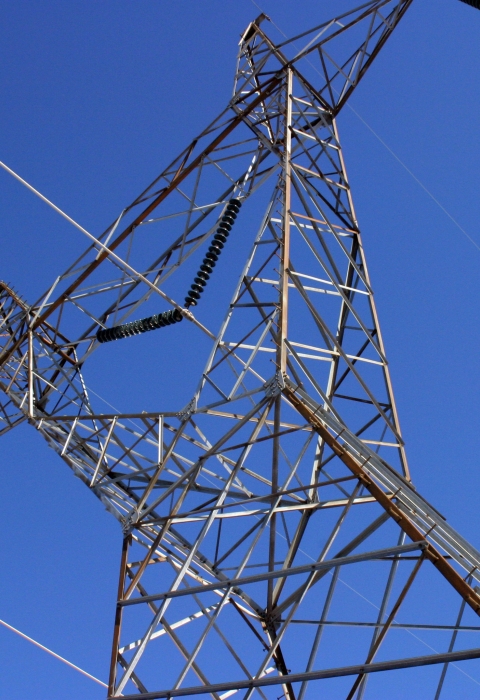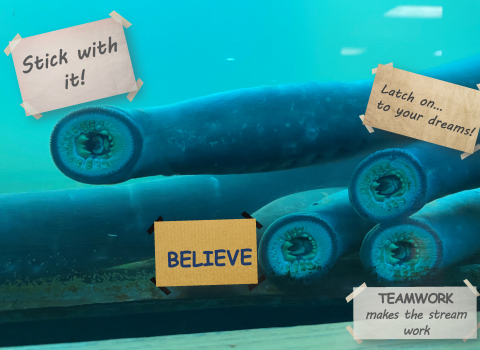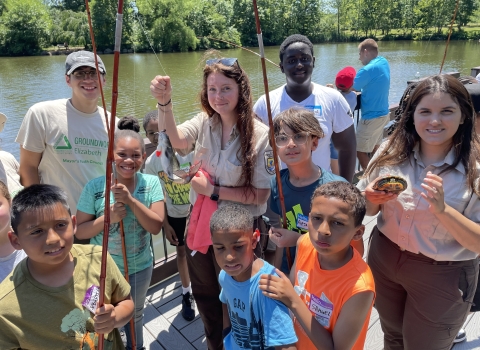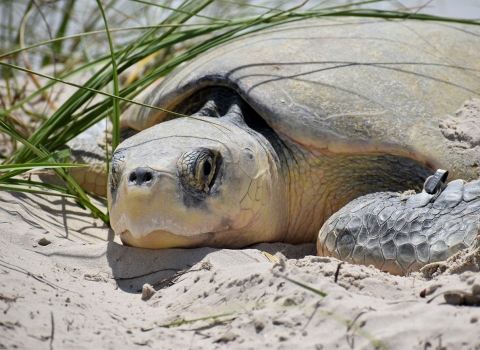In order to meet U.S. electricity demands, thousands of miles of distribution and transmission lines crisscross the country. Typically, electricity delivery includes power generation at a power plant or a renewable energy source that is moved to transfer substations by transmission lines. Once at the substation, electricity is transferred to distribution lines that carry the power to the end user. As the need for electricity and power line infrastructure expands, so does the potential risk to birds.
How do power lines impact migratory birds?
Bird mortalities resulting from electric utility lines have been a long-standing bird conservation issue. Birds can be injured or killed when they collide with distribution lines in mid-flight. Distribution lines are a particular risk in locations frequently traveled by birds and in areas where poor weather or darkness could further decrease visibility. Birds can also be electrocuted when flying on or off a distribution pole or when a large number of birds roost on lines at the same time, causing them to sway and make connections.
Why does this happen?
Electric distribution lines are typically placed within the range of average bird flight level and are difficult for birds to see. Many birds, particularly raptors and waterbirds, seek out tall perches like distribution poles to hunt for food or perch and roost. Frequent use of poles increases the exposure to energized parts when flying on and off a pole. Nesting material may also cause an electrical connection, or the nest material could catch on fire, killing the bird and damaging the power structure structure
Something temporarily or permanently constructed, built, or placed; and constructed of natural or manufactured parts including, but not limited to, a building, shed, cabin, porch, bridge, walkway, stair steps, sign, landing, platform, dock, rack, fence, telecommunication device, antennae, fish cleaning table, satellite dish/mount, or well head.
Learn more about structure .
What can I do?
In the U.S., the issue of bird impacts from electric utility infrastructure, resulting from both collisions and electrocutions, gained national attention in the 1970s. Consequently, conservation agencies and electric utility companies formed the Avian Power Line Interaction Committee (APLIC) to understand the hazard and reduce the number of annual bird impacts. Solutions to this issue not only protect birds but also protect power supply reliability as electrocutions can cause power outages, damage equipment, and increase costs of operation and maintenance of the supply system.
To date, there are proven solutions to bird electrocutions on distribution poles, whereas the science of power line collisions continues to have great uncertainty. A number of options are currently recommended and available in APLIC’s guidance documents.
Library Documents



